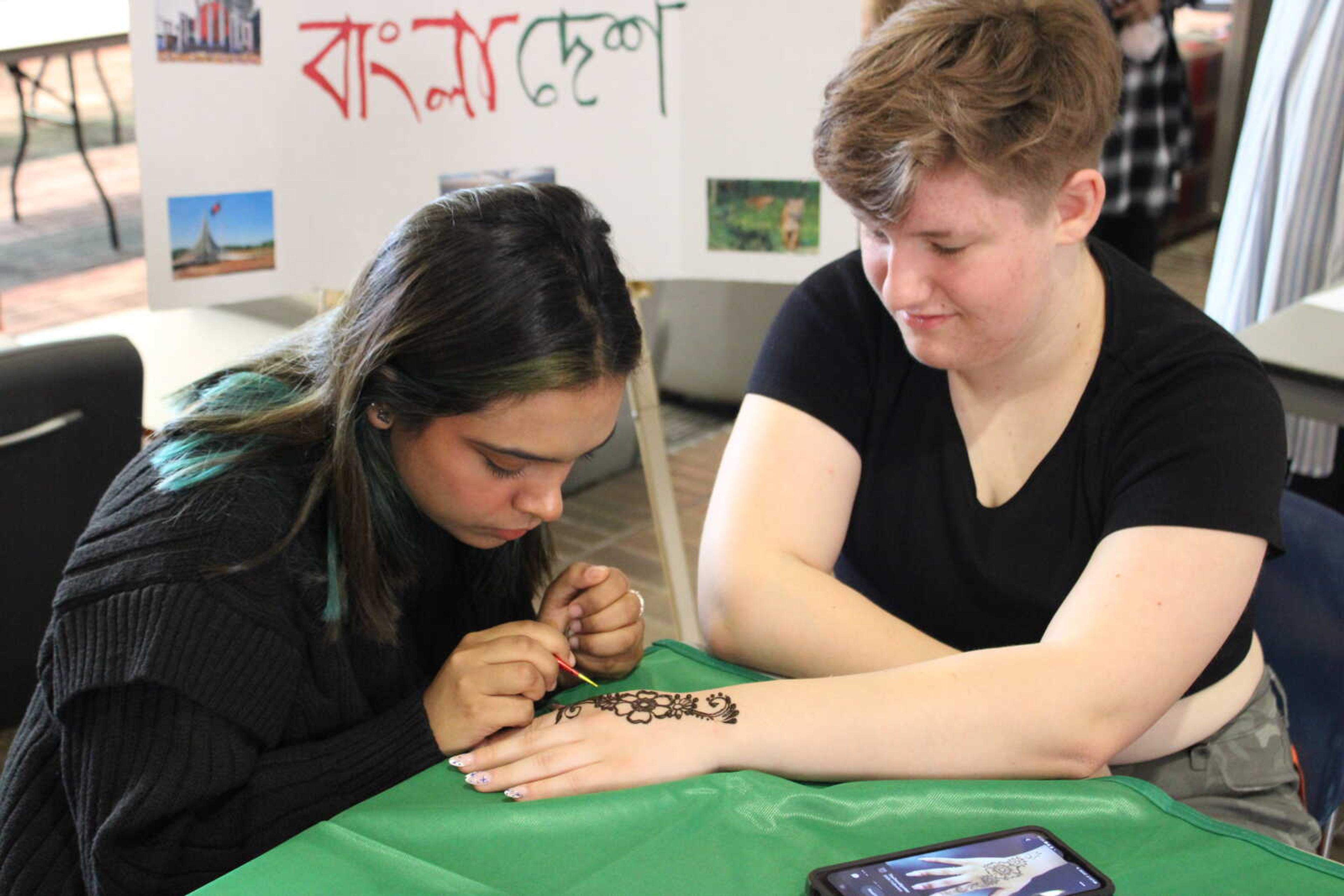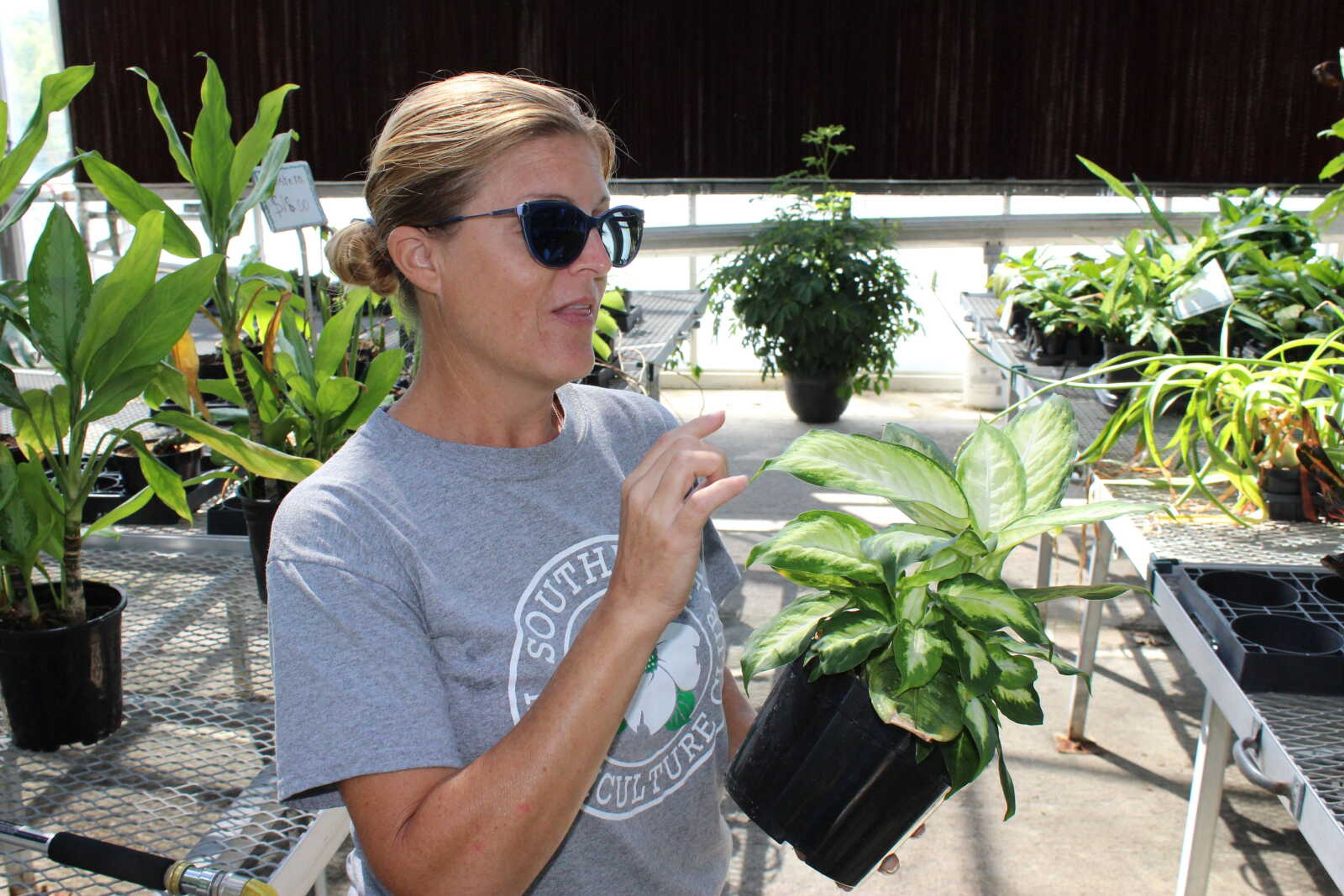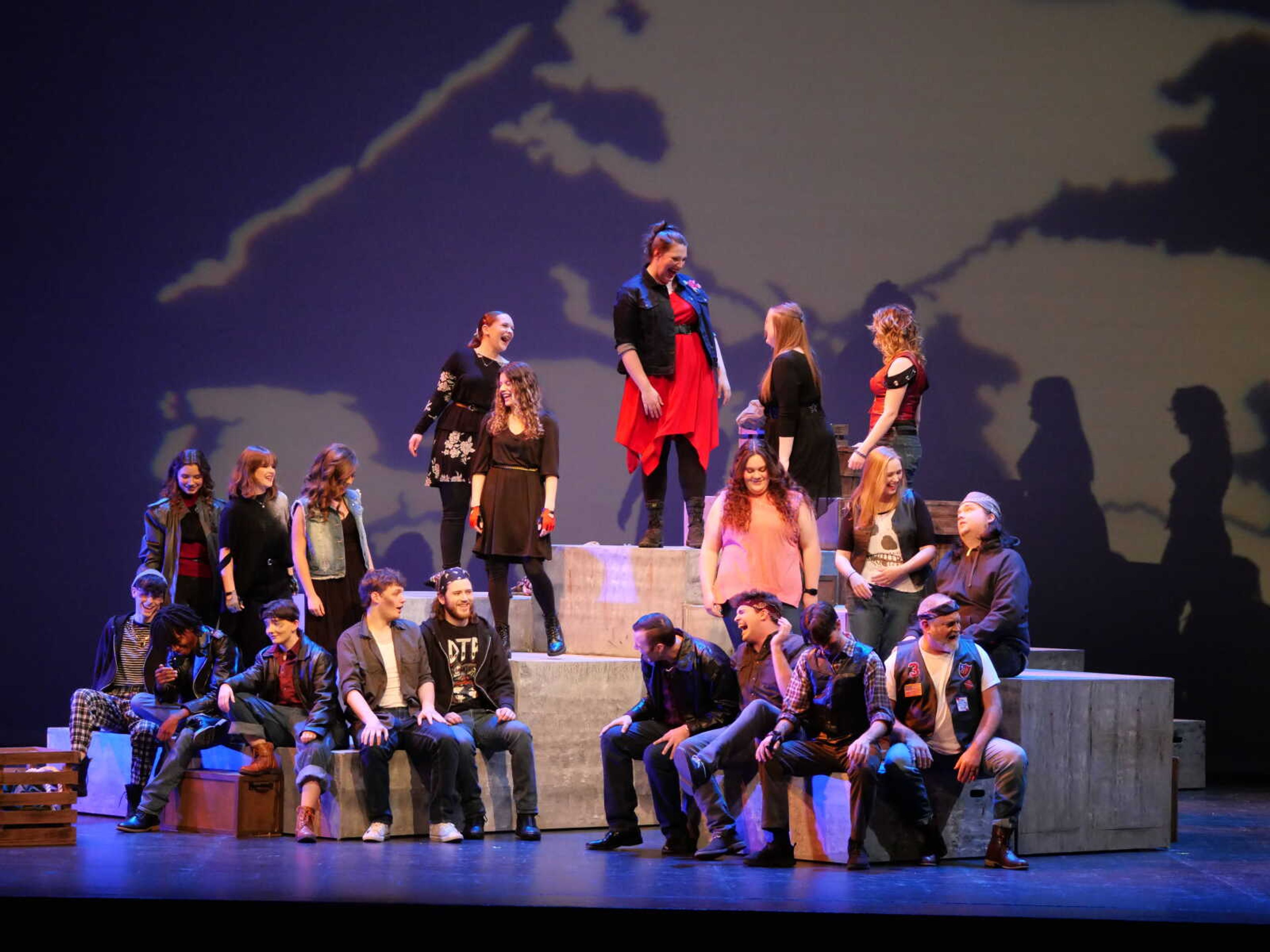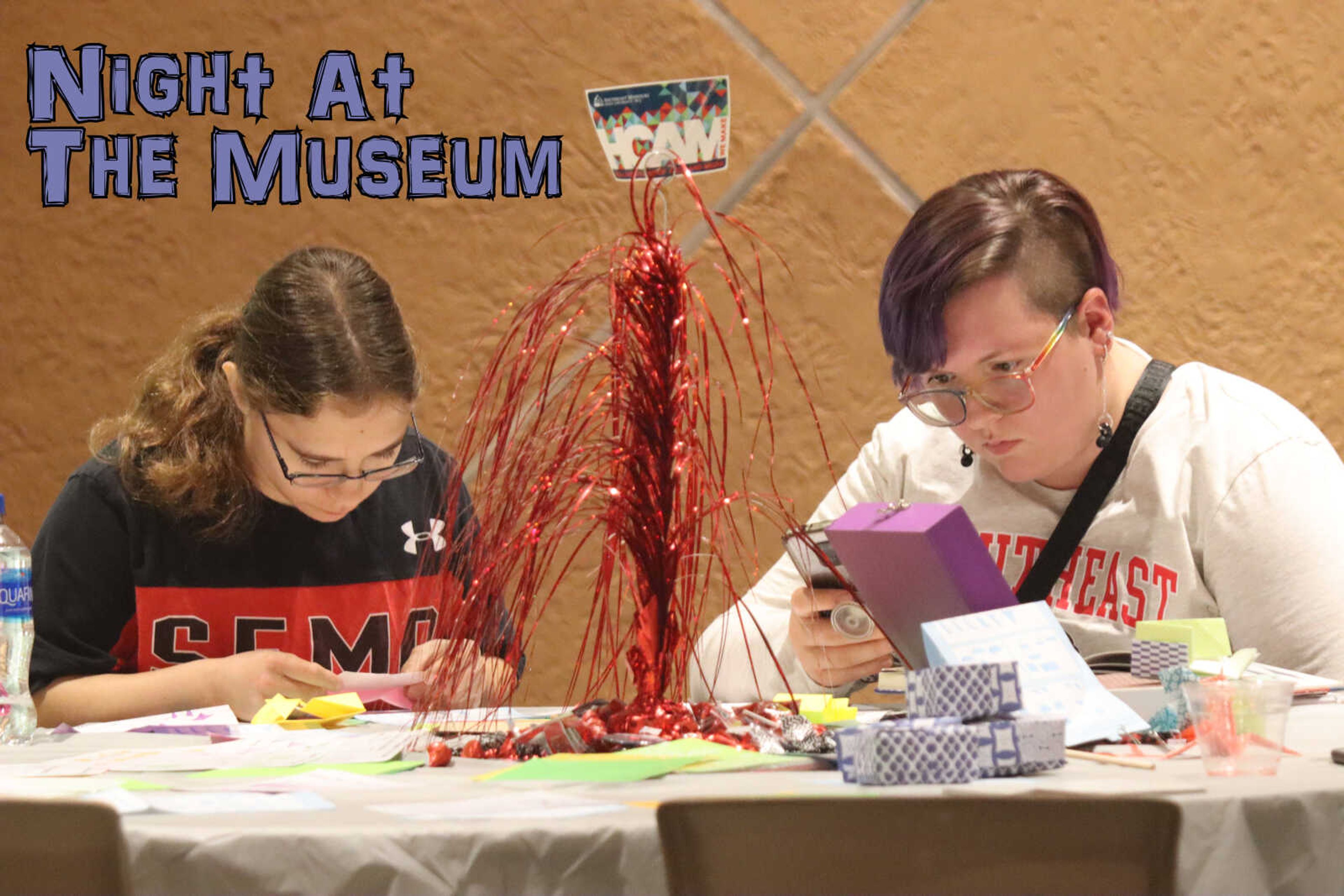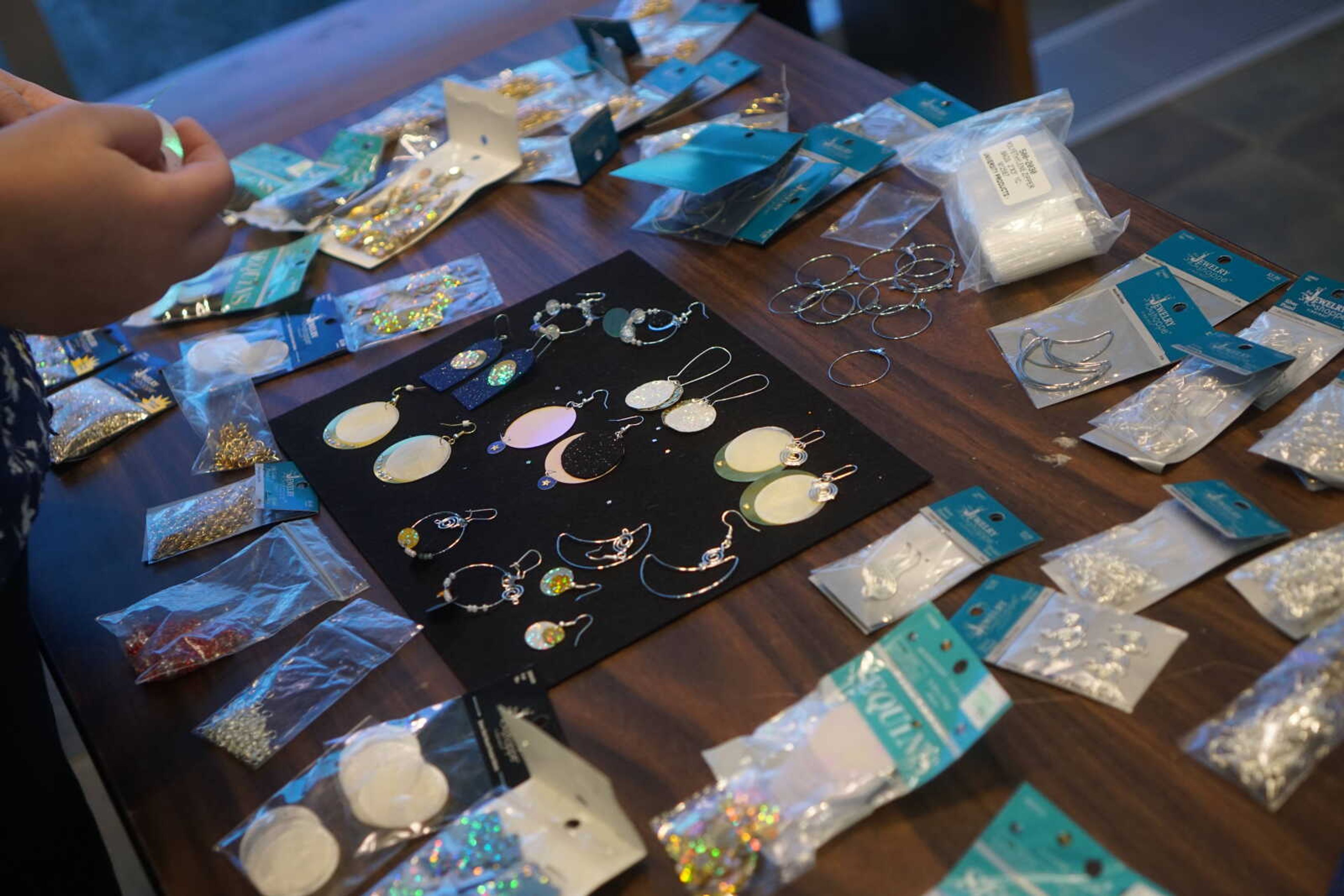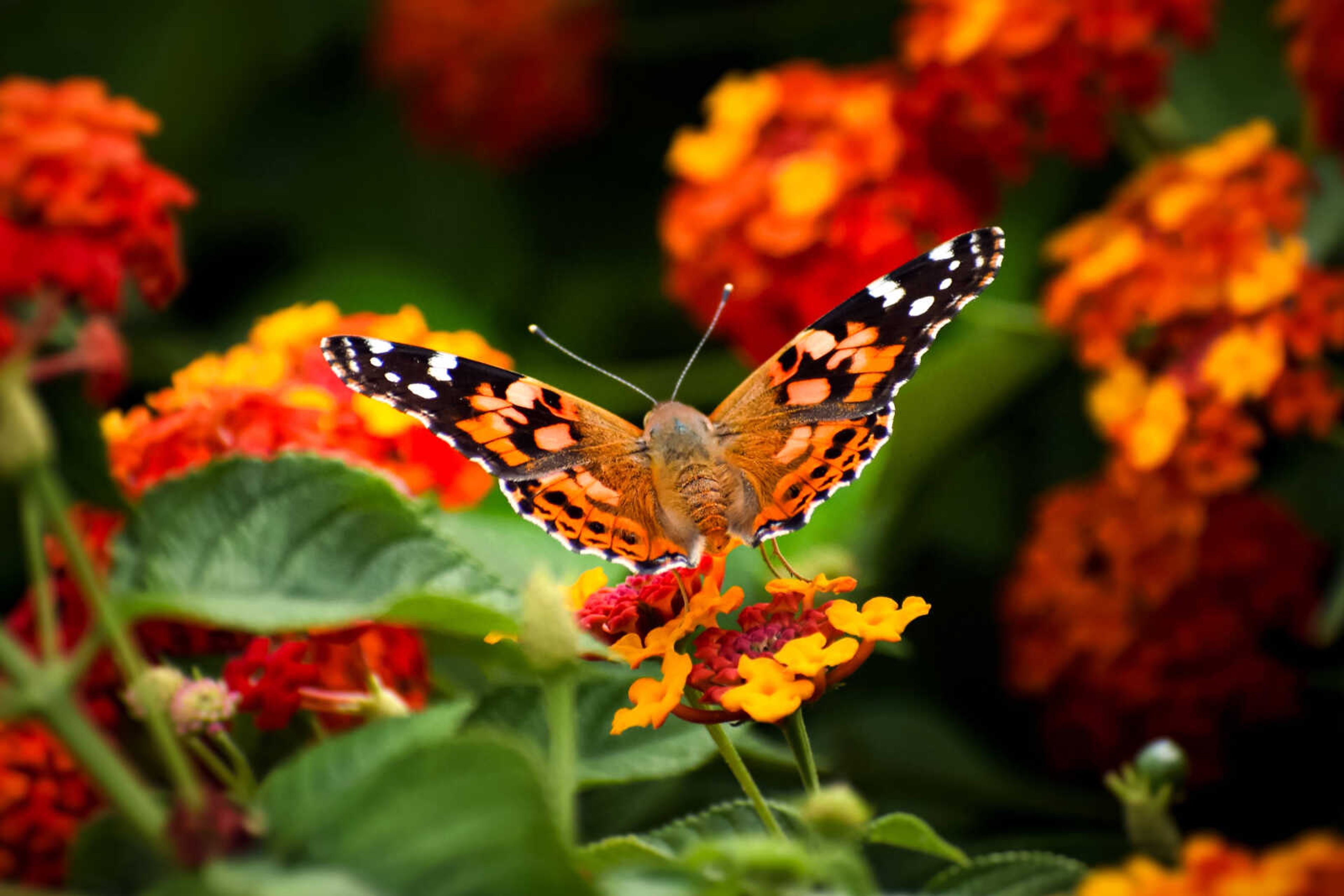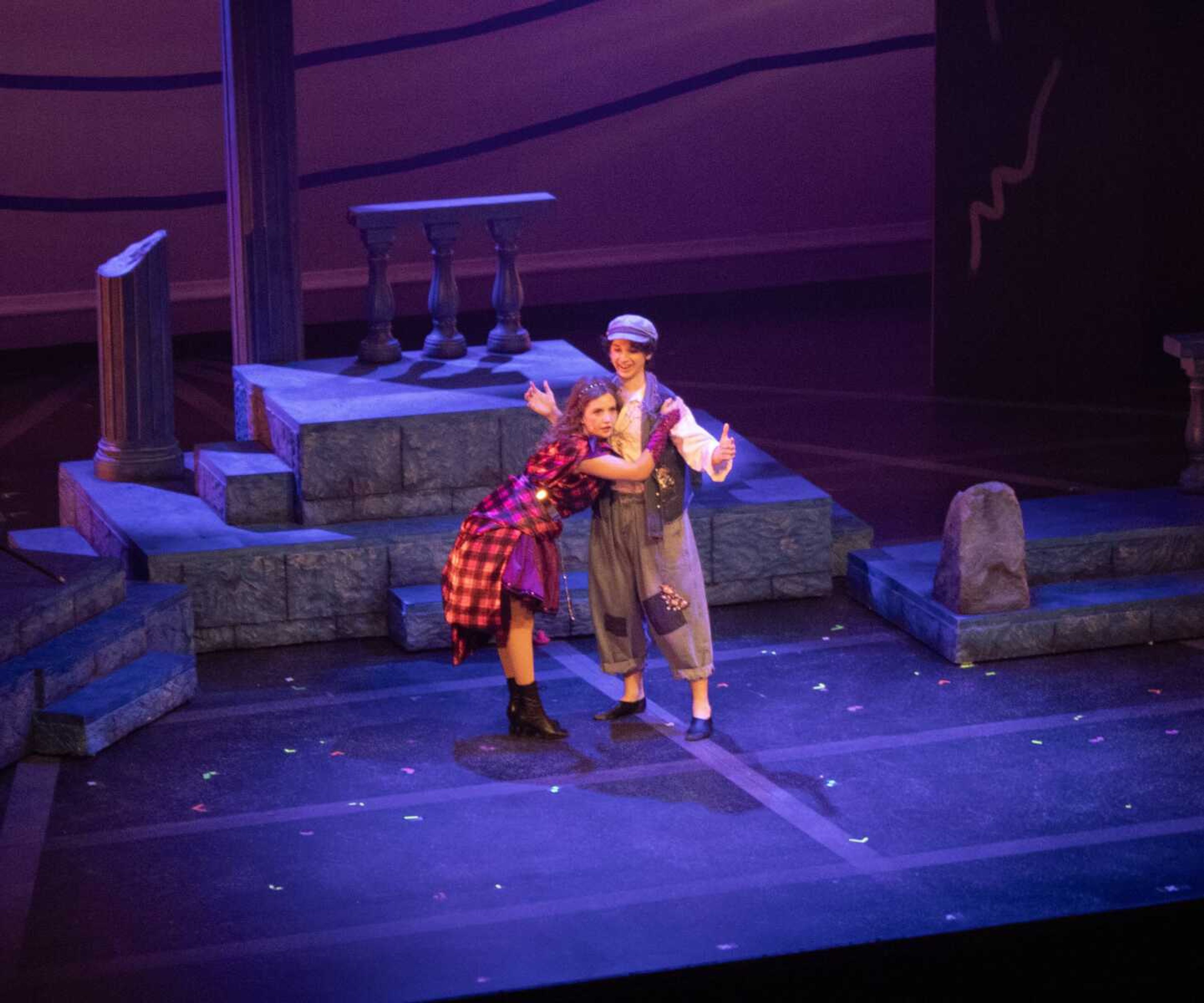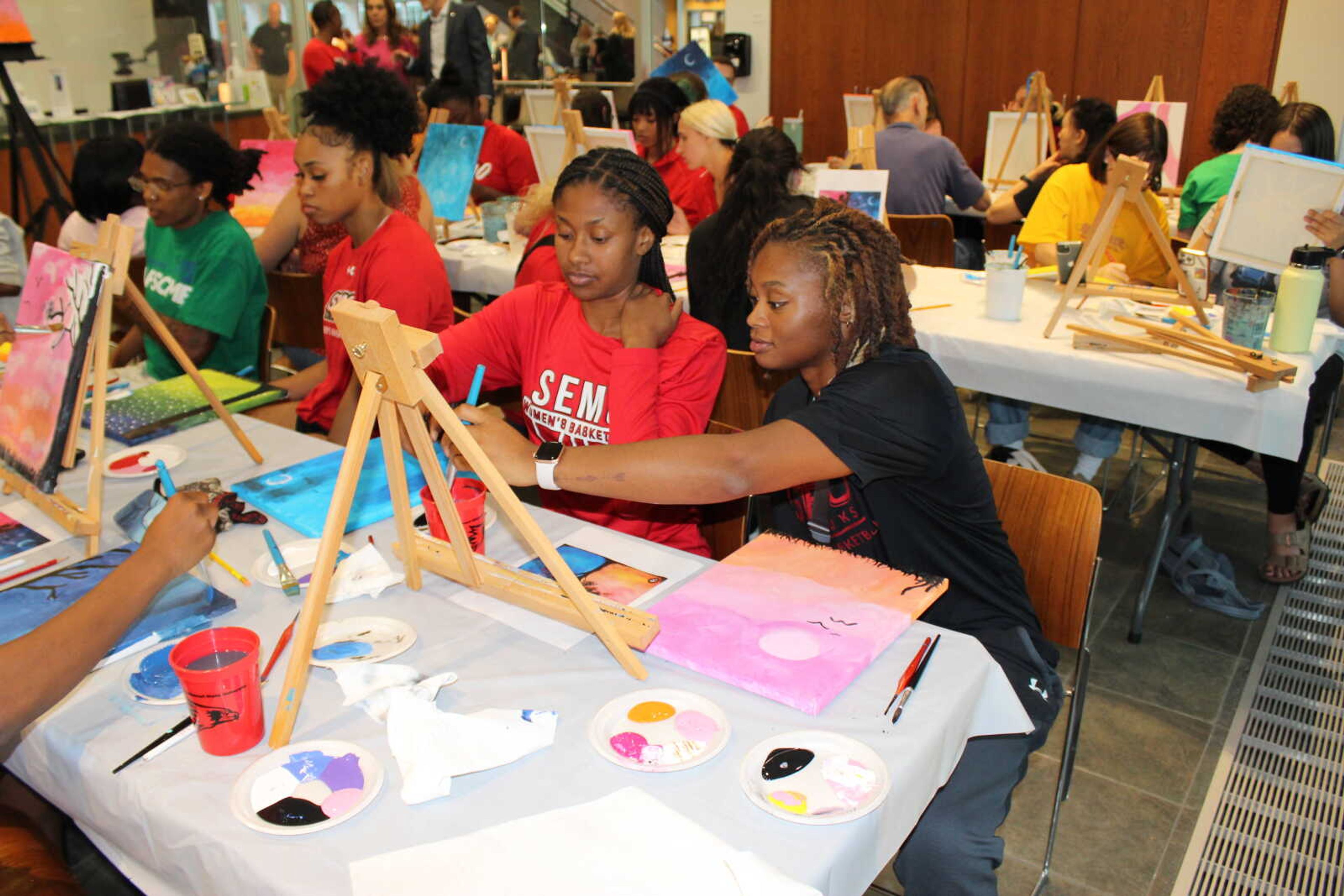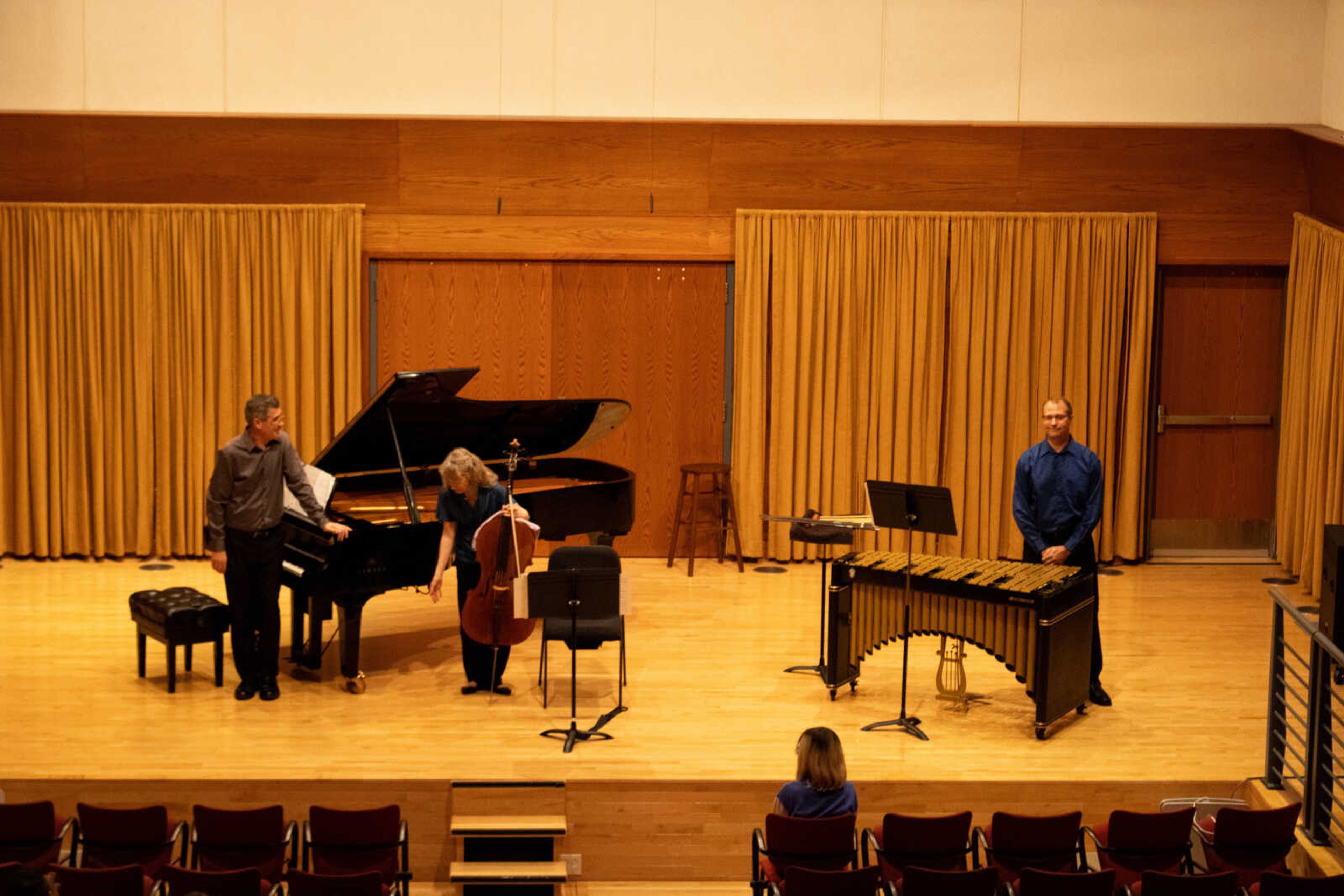SEMO’s University Center was astir with activity as students arrived to get a glimpse of Bangladeshi culture.
The Bangladeshi Student Organization held a Henna Fundraising Event in the University Center on March 23. The funds will go to the annual Bangladeshi Night in April.
SEMO students were given the chance to receive authentic henna tattoos by Bangladeshi students.
Freshman finance major Shariqa Tahsin has been a henna artist since she was only 10 years old.
“When you are a child, you see your elder ones doing it and you’re like, ‘Oh it’s so cool, I want to do it.’ You see them and then you keep trying. I tried it on tissues and pages, and then I tried it on my hands and then little by little, slowly, I learned it,” Tahsin said.
Henna tattoos are culturally significant to Bangladesh and have been widely incorporated into Muslim culture. They are used in weddings and religious holidays, Tahsin said.
Authentic henna material can be hard to find in the United States.
“You have to buy it from somewhere like Indian cultural shops because you don’t get it anywhere,” Tahsin said.
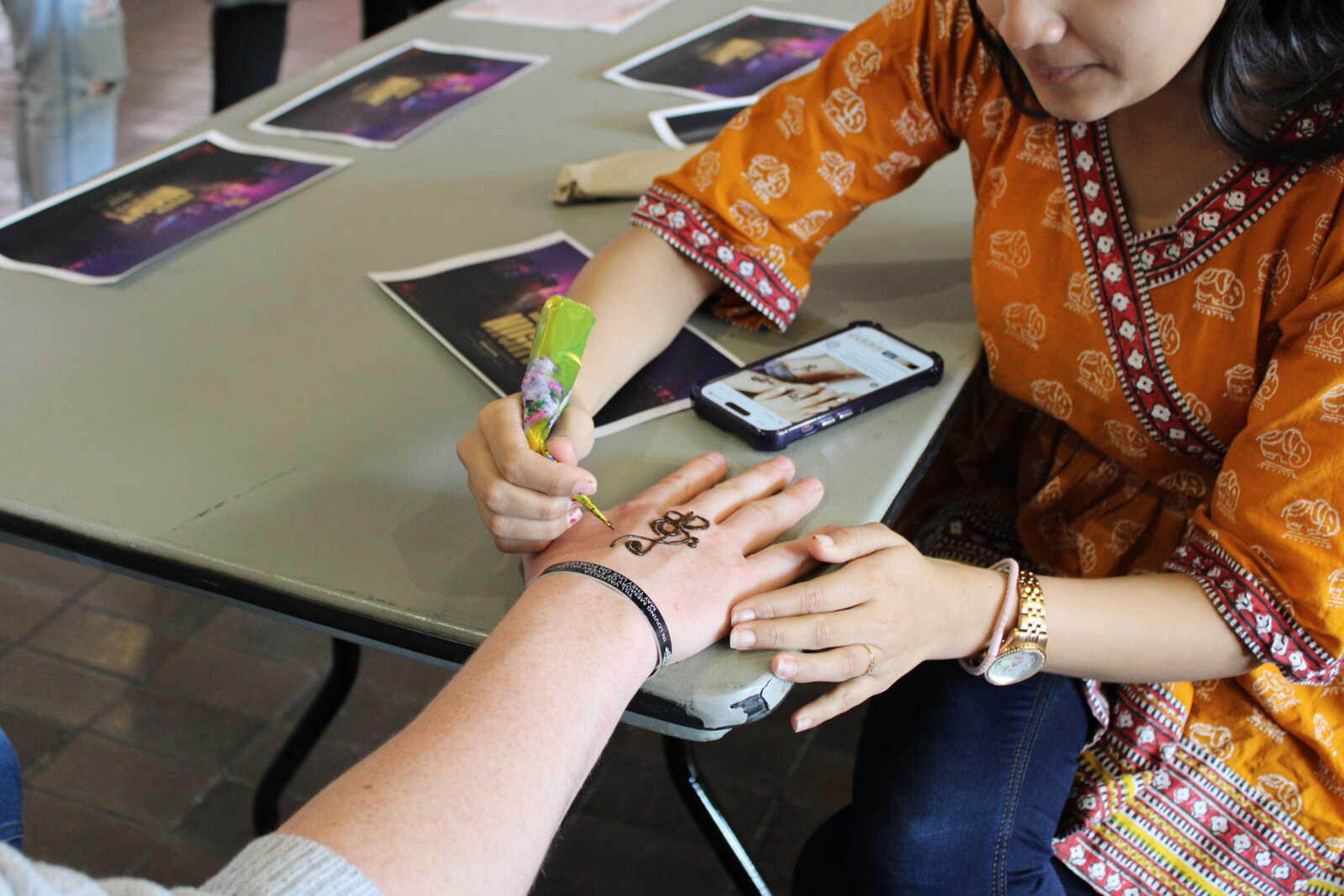
According to the Missouri Botanical Gardens website, the art is made of a dye derived from the leaves of Lawsonia Inermis, otherwise known as the henna plant. The plant grows throughout the Middle-East, North Africa and South Asia, and has medical and decorative uses. Its primary use, however, is for henna tattoos, according to the website.
Senior computer science major Swampnil Moon helped to host the event. Moon came to the United States to pursue more flexibility and greater opportunities in education.
“In [Bangladesh], what I have seen is that they’ve strictly followed the syllabus above anything else. Over here [United States], we can go out and learn in different kind of ways,” Moon said.
Moon will also coordinate and host the annual Bangladeshi Night in April.
“This is an annual cultural celebration for us. We do this mostly because in Bangladesh we have a lot of major events,” Moon said. “Since those are not followed here and we have a big community over here and it's growing each and every semester, we want to give those students the feeling, the excitement or the joy of having a big event over here in the university.”
Moon loves both the United States and Bangladesh. One aspect of Bangladeshi culture he would incorporate into America is his native country’s sense of appreciation and acceptance.
“We appreciate any kind of gratitude towards anything, especially if we are hosting an event. We are open to all kinds of people,” Moon said.
Bangladeshi Night will be held on Saturday, April 29 in the UC Ballroom at 5:30 p.m. The event is open to all SEMO students.
